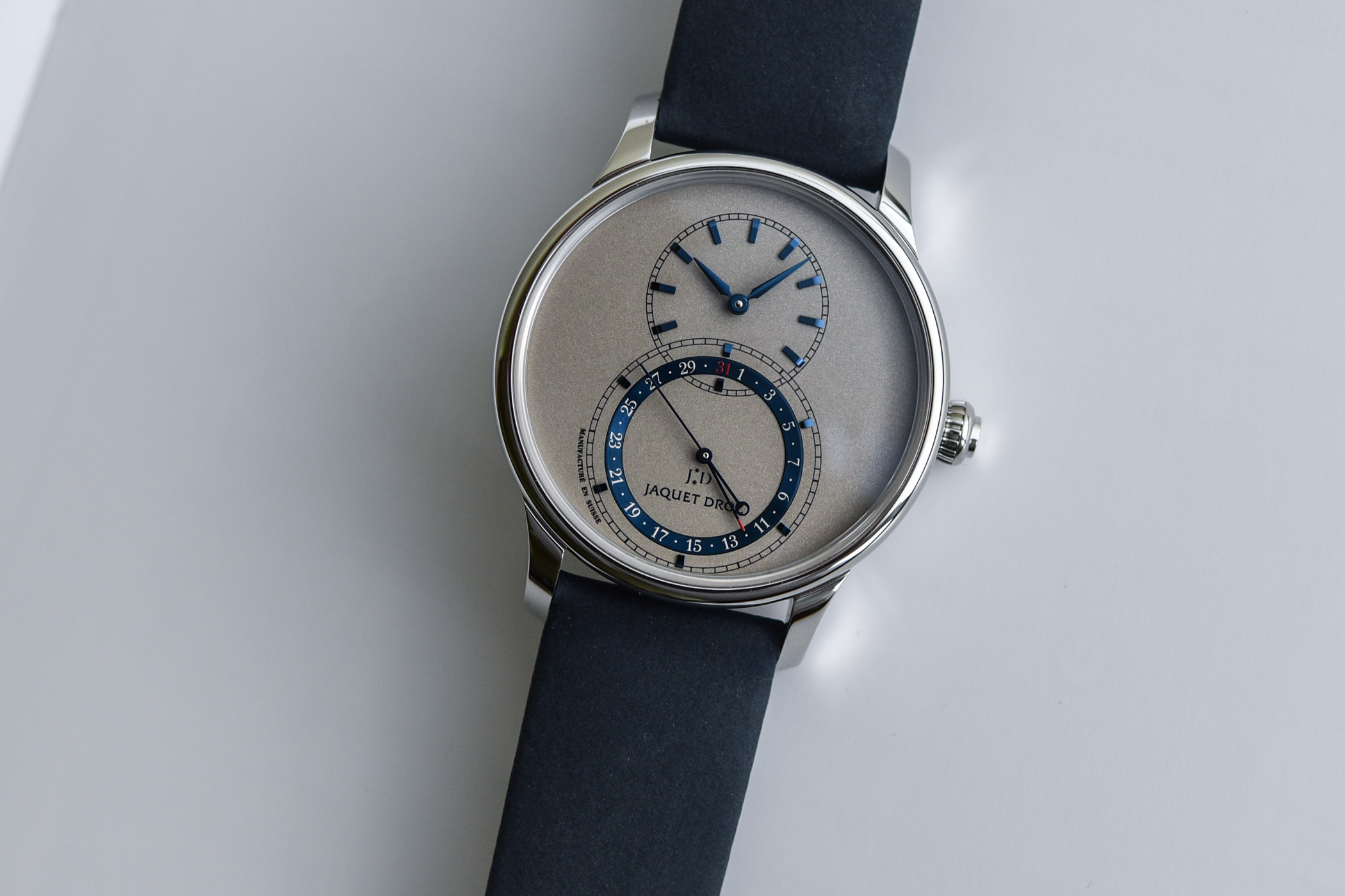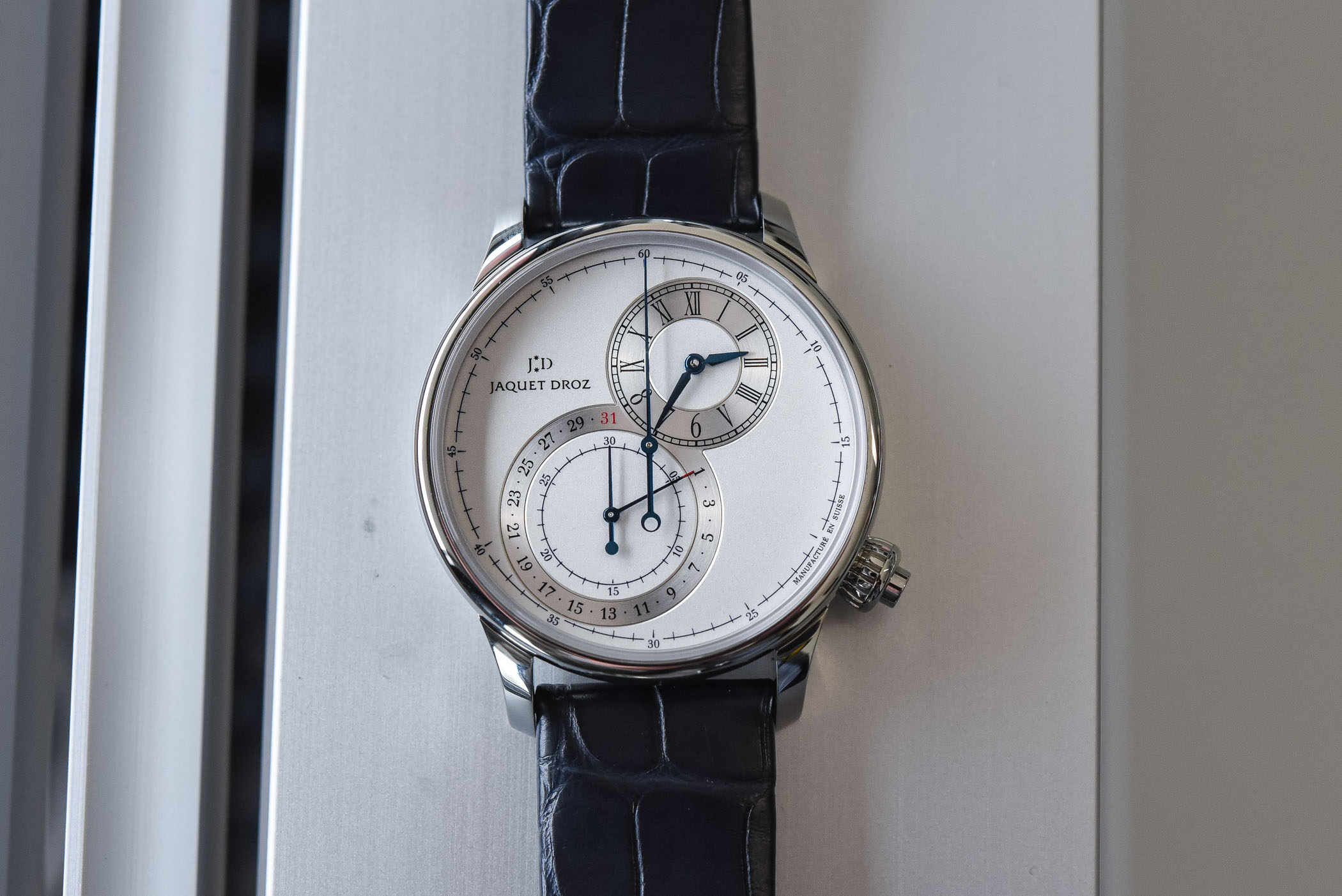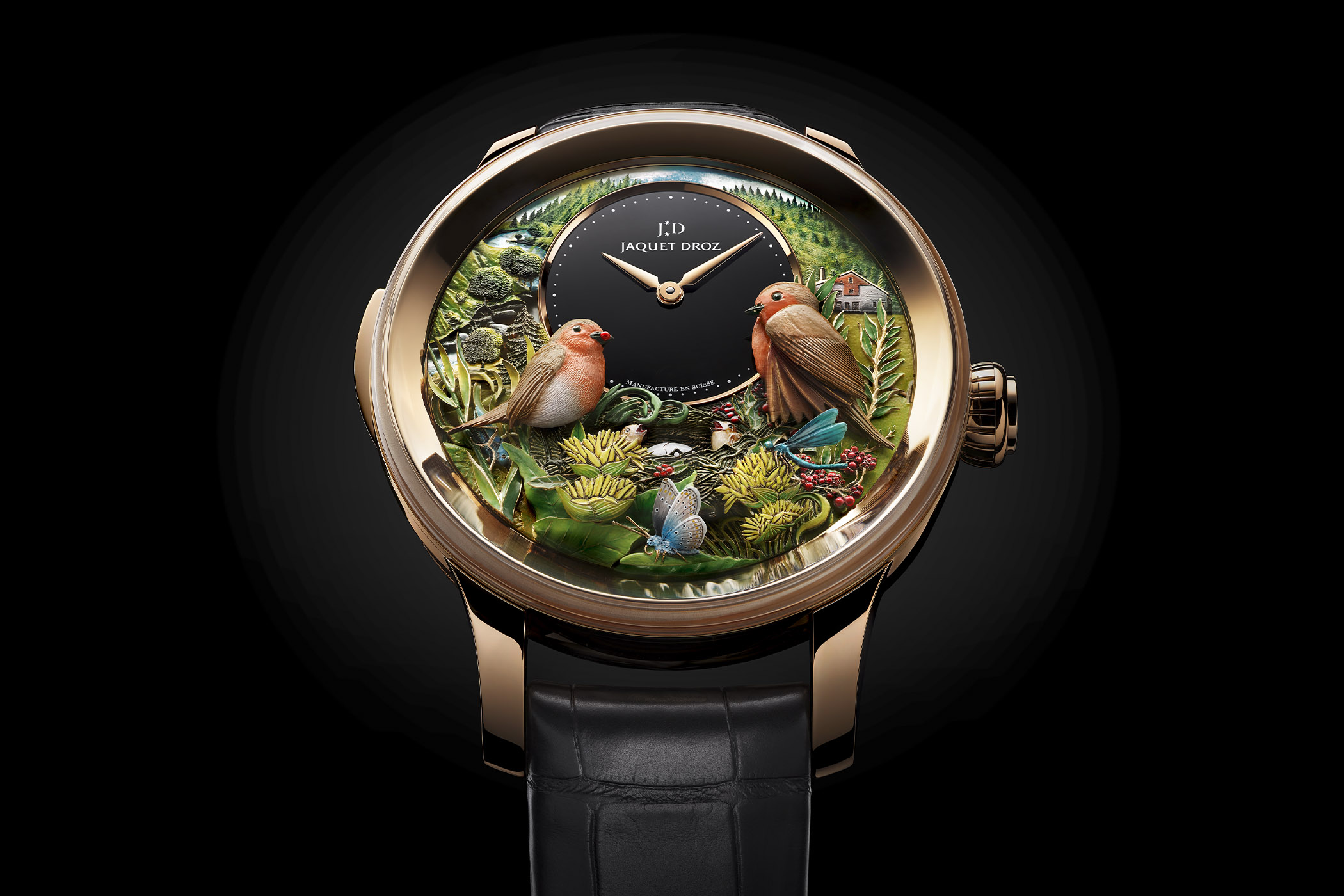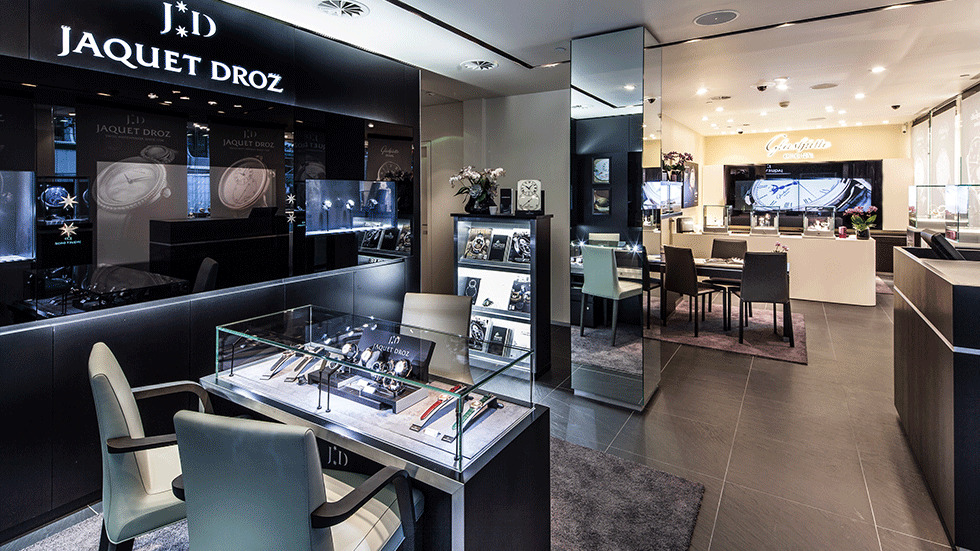No More Grande Seconde, No More Retailers, Only Custom Orders… The Drastic Change of Plans For Jaquet Droz
A radical, surprising new strategy that raises some questions for the future of the brand.

The photo you see on top of this article is an image of the past. I unfortunately can’t be more diplomatic to announce that the Grande Seconde, an emblematic model for the brand, as well as most current collections of Jaquet Droz, are gone. You might have noticed that we haven’t covered much Jaquet Droz in the past year, not by choice, but simply because there was nothing new to present to you. And the reason for this has recently been explained in a well-documented article by Olivier Müller on Europastar – which can be read here, in French (or translated into English here). There is indeed a new, radically different, strategy for Jaquet Droz. An abrupt change of plans that implies cutting all current collections, closing all points of sale, and instead focusing on custom orders, direct relation with high-profile clients and concentration on métiers rares and high-end horology.
Jaquet Droz, for the past decade, has been known as a niche, luxury brand from the Swatch Group, producing watches in-house or with the help of the group’s sister companies (some base movements by Piguet/Blancpain, for example). Even though with a relatively low level of production, the brand has some great internal skills with in-house métiers d’art. Under the direction of Christian Lattmann, CEO of the brand for 5 years, the brand underwent ups and downs, impacted by a collection highly focused on one emblematic model (the Grande Seconde), with a strong dependence on the Chinese market (JD was historically strong in Mainland China) and an atypical expertise on automatons. Add to this the pandemic crisis, and it was widely known that the brand was in a rather difficult situation for about a year. M. Hayek and the Swatch Group thus appointed a new CEO, Alain Delamuraz, and he has a brand new strategy for the brand.

In Olivier Müller’s article published by Europastar, Delamuraz explains that “if the product is good, unique, different, if creativity is present, so the issue lies in the way the product is commercialised. Jaquet Droz doesn’t meet the right clients.” The new strategy of M. Delamuraz is thus to stand on the brand’s expertise but to seek different clients, high-profile clients to be precise, looking to spend at least 6-digit on a watch. Wasn’t Jaquet Droz once a supplier to the courts of China, Russia, England or even Spain? It doesn’t matter if we were talking about automatons and not watches, and that the customers of the 21st century are no longer emperors but traders? The idea is, on paper, simple. The brand won’t fight anymore in the traditional 10-30k luxury watch market. It will be the most prestigious and exclusive brand of the Swatch Group.

A direct consequence, which is already applied as we speak, the classic watches from the Grande Seconde collection – understand here steel or gold watches with a 5-digit price tag – are now all discontinued. If you look at the brand’s website, you won’t find them anymore. The Grande Seconde Moon, the Grande Seconde Chronograph, the Grande Seconde Dual Time and the Grande Seconde Skelet-One are all watches from the past. Only high-end, 6-digit-plus models with a tourbillon or a minute repeater are still part of the collection. Watches still listed on the website are mostly automatons such as the Bird Repeater, the Loving Butterfly or the Charming Bird (all three being automatons) as well as watches with métiers d’art dials.

As explained by Müller, this represents “a shift as brutal as it is risky: the Grande Seconde has always been (Jaquet Droz’s) commercial base, its figurehead.” Adding to this that “it (…) was only in the five figures. And this segment no longer interests the new CEO.” Following this, all points of sale have or will be closed. Regarding inventories currently available from retailers, “we are going to offer retailers the possibility of either disposing of them by the end of the year or of taking them back today at the value of the stock.”
With this in mind, the new strategy lies in two things. On the watches, with the customization of existing high-end products (colours, straps, case, gemsetting options) but mostly the creation, per request of clients, of unique pieces, notably some complex automatons, being watches or not. The second pillar of this new strategy lies in a new commercialisation process, which will only be direct-to-customer or through a network of middlemen.

Having read this, it certainly is an audacious, if not risky strategy for the brand. Olivier Müller ends his article on the fact that it was urgent to start fresh for Jaquet Droz. A radical new strategy that we will certainly explore in the coming weeks/months.
You can read the complete article of Olivier Müller (in French) here at www.europastar.ch.





4 responses
The right move; perhaps the only move. There was an apparent overlap with models from the other two premium Swatch brands – Breguet’s Classique, and Blancpain’s Villeret – in not only the demographic JD were aiming at, but also the use of Blancpain’s calibres.
Focusing on the automaton-inspired or metiers d’art pieces is probably the best chance to thrive.
I’m waiting for something to happen to Breguet next, though. Blancpain (I believe doing well in China) may be the only of Swatch’s high-end to emerge intact over the next few years.
Maybe the only move, but clearly extremely risky. If the numbers aren’t there for the mid levels, then going completely bespoke is plausible, but they may simply fade from awareness altogether.
I wonder what this will do for the value of the legacy pieces ? There were some stunning models in their product range , a shame .
It’s a shame to see such a conditions in such a lovely brand, don’t know what was wrong but their watches was astonishing, specially minute heuer tiger